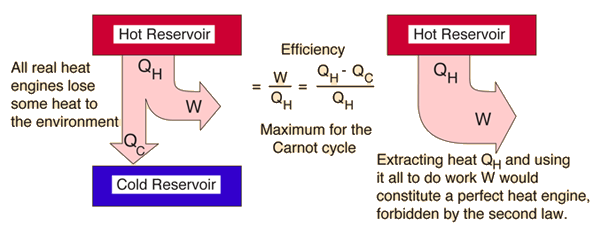Smart Dust
The goal of the Smart Dust project is to build a self-contained, millimeter-scale sensing and communication platform for a massively distributed sensor network. This device will be around the size of a grain of sand and will contain sensors, computational ability, bi-directional wireless communications, and a power supply, while being inexpensive enough to deploy by the hundreds.
The science and engineering goal of the project is to build a complete, complex system in a tiny volume using state-of-the art technologies (as opposed to futuristic technologies), which will require evolutionary and revolutionary advances in integration, miniaturization, and energy management.
Smart Dust

